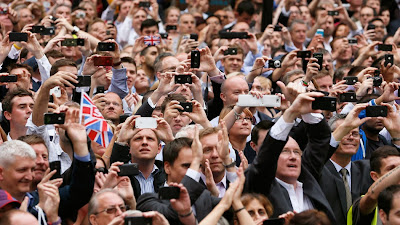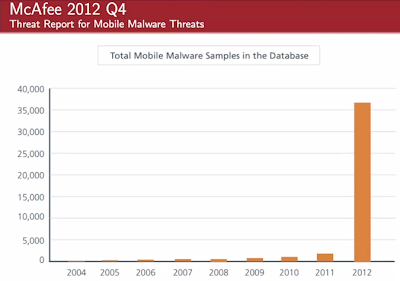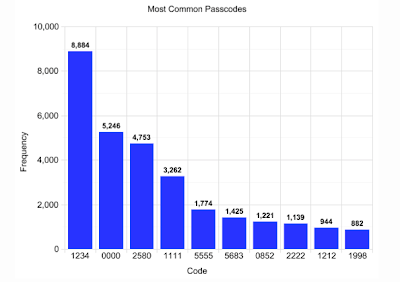Getting sleepy?
Recently I have been feeling like I am not resting well enough to be able to be productive at one hundred percent in practically all areas of my life; the feeling of exhaustion led to doubt my sleeping habits and motivated to improve them.Therefore I started exploring the secrets of sleep with all of the factors associated with this issue and I am happy to share my findings on the blog.What exactly does ‘sleep’ mean?
We have to start with some theory to acquire basic knowledge of exactly what is sleep. The Harvard University definition says: Sleep is a state, characterized by changes in brain wave activity, breathing, heart rate, body temperature, and other physiological functions. Depending on the sleep stage, different physiological functions may be more active and variable, or less active and more stable.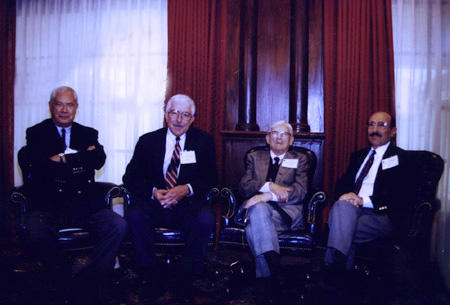 |
Nathaniel
Kleitman and Eugene Aserinsky on the right
|
The breakthrough in research of sleep and its characteristics was made in 1953 by Eugene Aserinsky, a University of Chigaco graduate under dr Nathaniel Kleitman’s supervision, when they discovered a state of Rapid Eye Movement (REM) using a device called electroencephalograph (first used to study human brain activity in 1924).REM is characterized by one’s eyes moving back and forth during sleep while his/her voluntary muscles (e.g. arms or legs) are completely relaxed. However, brain and other body systems increase their activity, and that is when dreaming occurs. Therefore, REM sleep is often referred to paradoxically as sleep.
Stages of sleep
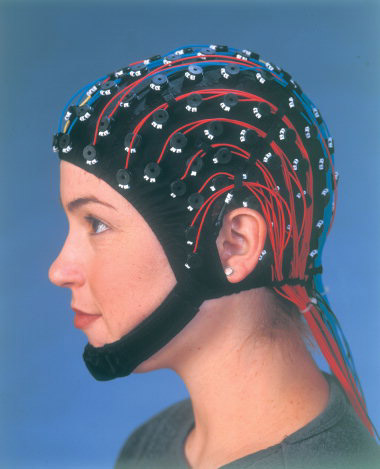 |
Electroencephalogram in action
|
- Stage one: a state of ‘daydreaming’, when we begin to drift off into the dream. It lasts for 5-10 minutes. It is easy to wake up and the person often answers that he/she wasn’t asleep in the moment of waking.
- Stage two: Heart rate and body temperature start to slow down. It lasts for about 20 minutes. This is when we get these funny ‘sleep spindles’ - uncontrolled single burts of movement of our limbs.
- Stage three: slow brain waves (delta waves) start doing their work. This is a transition period between light and deep sleep.
- Stage four: delta waves go all-in. Here is the moment, where people do embarassing things during sleep: sleepwalking and bed wetting. It lasts for about 30 minutes. You can do all sorts of weird things having this much time :)
- Stage five: also called REM, described in the section above. Body temperature is at its lowest of all sleep (we tend to cover ourselves with the blanket to gain some heat), while breathing rate increases, becomes irregular. REM is usually reached after about 90 minutes of sleep and lasts for an hour at most.
All of these stages are a part of a sleep cycle and they do not neccessarily occur in a strict sequence. Sleep starts from stage 1 and progresses into stages 2, 3, and 4 (these are Non-REM stages).After stage 4, stages 2 and 3 repeat several times before evolving into REM. Once REM ends, the sleep returns usually to stage 2. The sleep cycles through above stages about 4-5 times during the night.REM stage increases in duration as cycles progress – the first REM is usually very short but keeps getting longer as cycles continue. That is why we cannot remember all our dreams during the night, have the feeling of confusion or not remembering them at all. We usually do remember the dream most efficiently, when REM lasts for a long time and the dream actually takes as long as it actually seems.
 |
Sleep stages with
REM durations
|
Polyphasic sleep – efficient or crazy?
Have you ever given a thought about your sleeping habits and tried to change them? Every person has individual sleeping patterns, with most being mono- or biphasic sleepers. Those terms seem self-explanatory: sleep once or twice a day – a classic 'good night sleep plus a nap after work'. Some people though, develop unusual sleeping skills, which enable them to sleep more than twice a day – that is called a polyphasic sleep.Warning! Below is not advisable to full time office workers!
Polyphasic sleep actually comes from an animal habit, especially mammals. Not many humans have natural abilities to adapt such a sleeping schedule, apart from children or people having sleeping disorders which could be caused by head injuries.
This sleeping pattern has been gaining popularity in the recent years. Freelance, creative jobs fueled by a desire to maximize efficiency, require enlarged durability of the organism. It is advertised on the Internet that this sleeping style can save you up to 20 years of sleep.Previous section with stages, REMs etc. goes to a trash bin from now on, when you explore and adapt polyphasic sleeping style. This is where you maximize your daily efficiency at a cost of minimal bedtime.
 |
Simplified sleeping habit types
|
Note that if you develop polyphasic sleeping, you could be placed between Nikola Tesla, Napoleon Bonaparte, Winston Churchill, Leonardo da Vinci or Thomas Edison as a fellow polyphasic sleeper. That's a decent company, isn't it?
Polyphasic sleep enhancer
 |
NeurOn
sleeping mask
|
The device will consist of a sleeping mask with built -in Bluetooth transmitter, brain activity monitors and eye-tracking module. The eye tracking component is said to be able to recognize a user's sleeping stage based on his/her eye movement.
Another part of the project is a mobile app which will calculate the user's best sleeping pattern, suggesting the one that fits best his/her sleeping habits or sets the desired schedule. It will also be able to wake the user up as soon as the last REM phase finishes. And lots more!
Details below, at NeurOn Kickstarter page:
http://www.kickstarter.com/projects/intelclinic/neuroon-worlds-first-sleep-mask-for-polyphasic-sle
Questions:
1. What is the average time of your sleep? Are you satisfied with your bedtime?
2. Are you engaged enough to try NeurOn polyphasic sleep enhancer?
3. What possible disadvantages/dangers couldNeurOn possess?
4. Have you used other sleep enhancers?

